Fruit & vegetables boxes
They look delicious, don’t they?
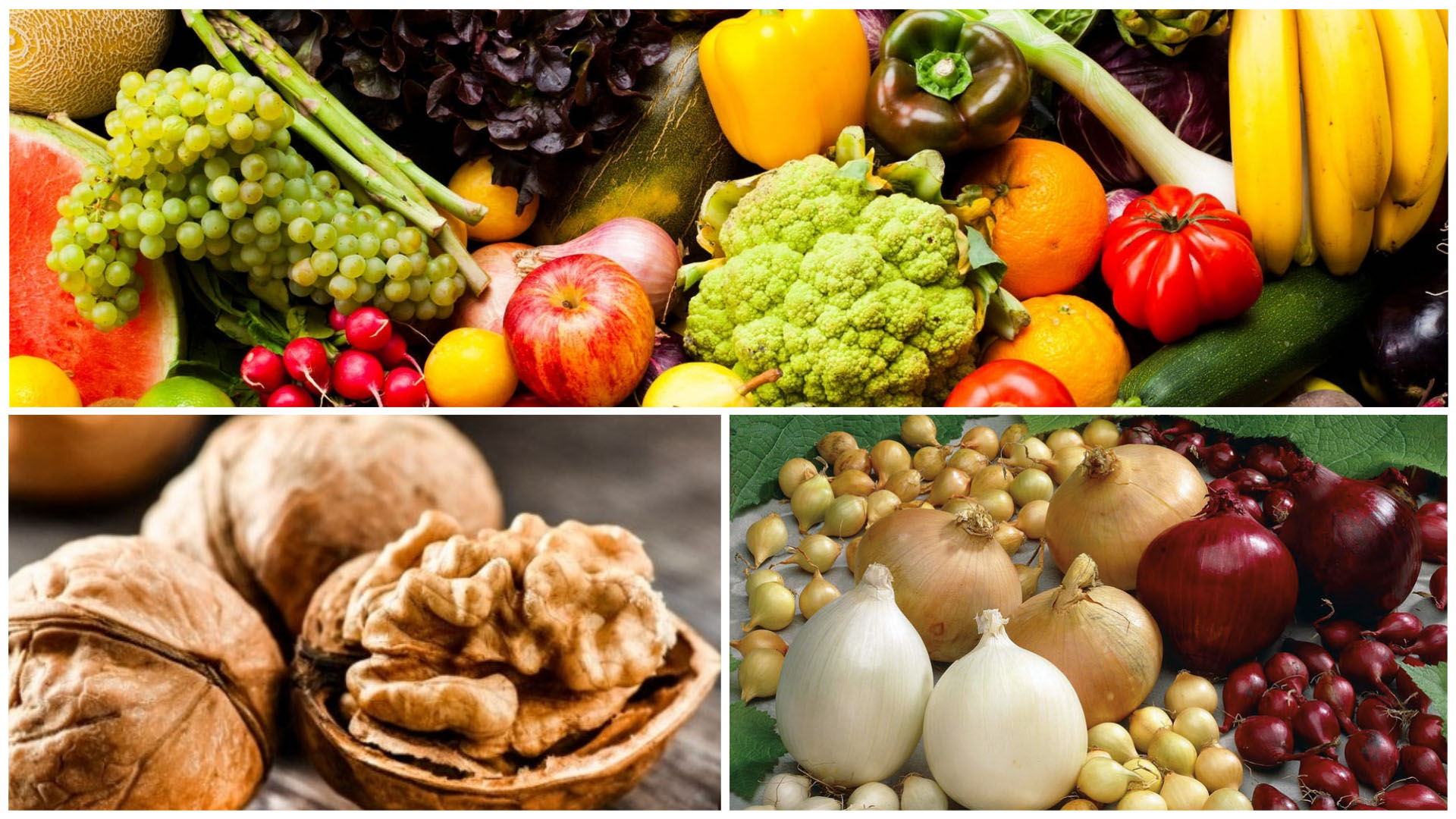


For over 21 years, we’ve proudly supplied the best quality produce with steadfast availability. With state-of-art facilities and equipment, internal systems and a modern fleet, our dedicated staff focuses on high quality product and outstanding customer service.
Local stores and markets partner with us for our high quality products. We also work national and international companies.

Have a look over our products. We are sure you will find something appealing.
Did you know walnuts have many benefic properties? Hover over the circles near the image to discover them!
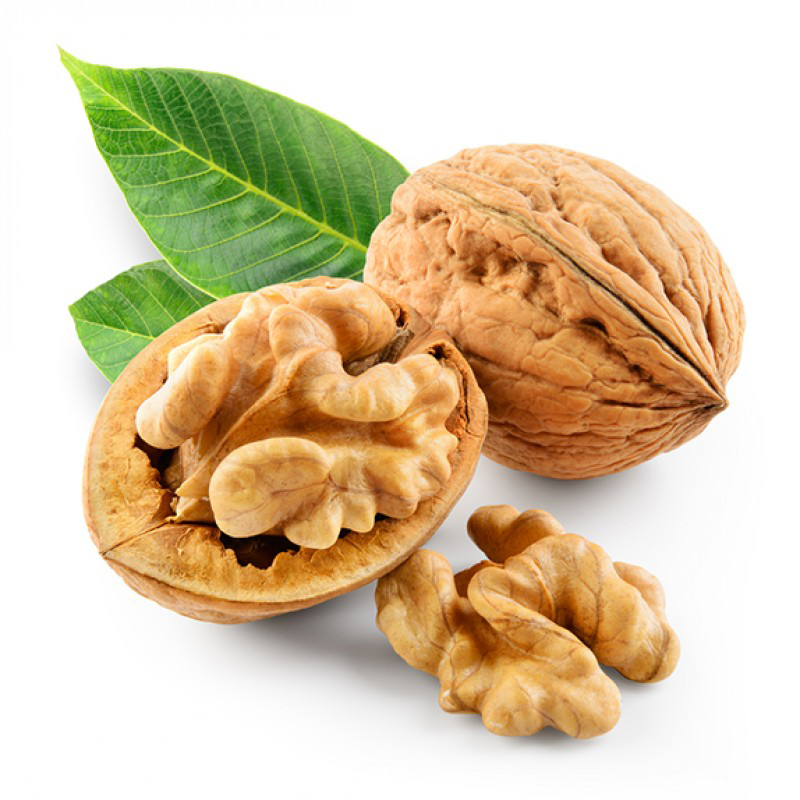
Antioxidants, cancer-fighting properties, heart health
Studies show that walnuts improve mental health.
The quality is above industry average. We aim to provide only the best.
We are selling a wide range of products. Feel free to discover more about them!

Walnuts are harvested to full maturation and must be peeled, washed, and bleached, but without the treatment affecting the core.
Drying is mandatory, up to 12% when stored as whole fruits and up to 8% if stored as core (peeled).
At harvest, the mesocarp must break out easily.
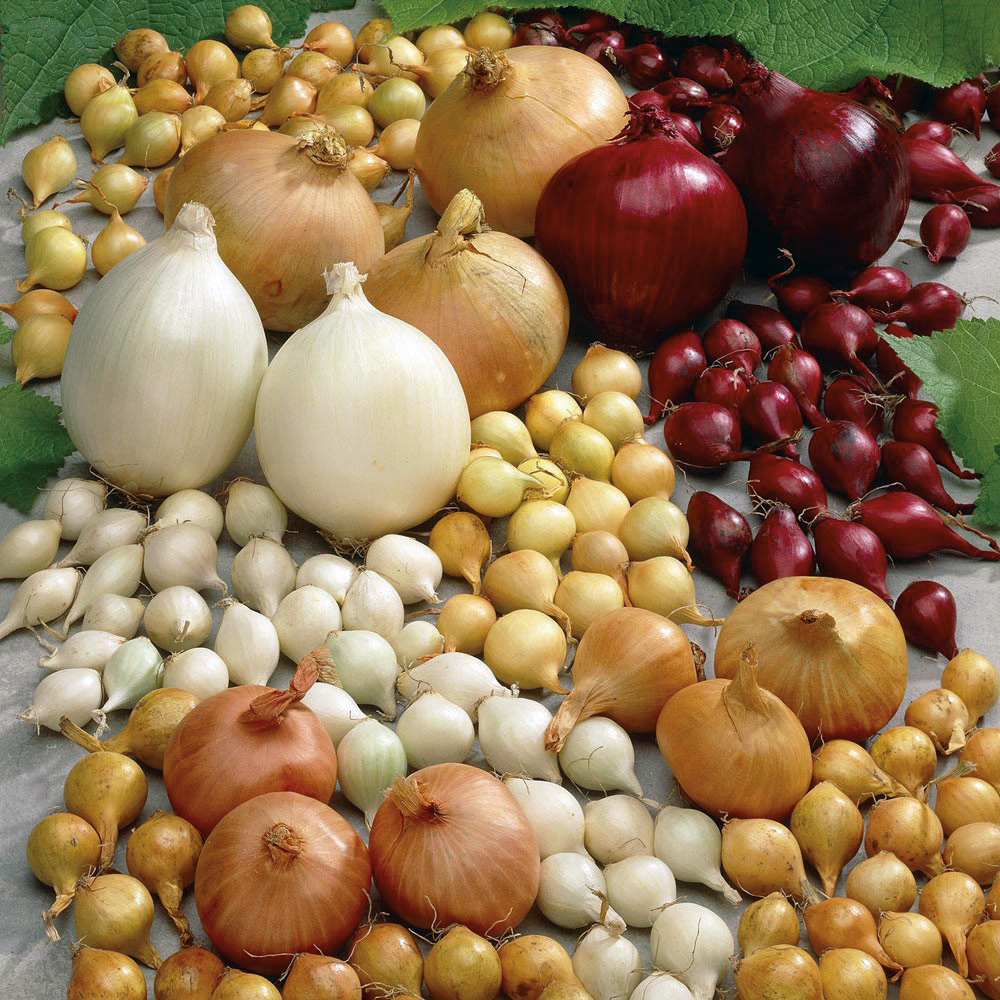


Onions from seed are harvested in the second half of august or early September, when 50% of the plants have softened. In the first phase the bulbs are deployed manually or mechanically, these remaining on the ground for drying. In the second phase the bulbs are assembled mechanically or manually and transported to the place of sorting. After sorting follows…
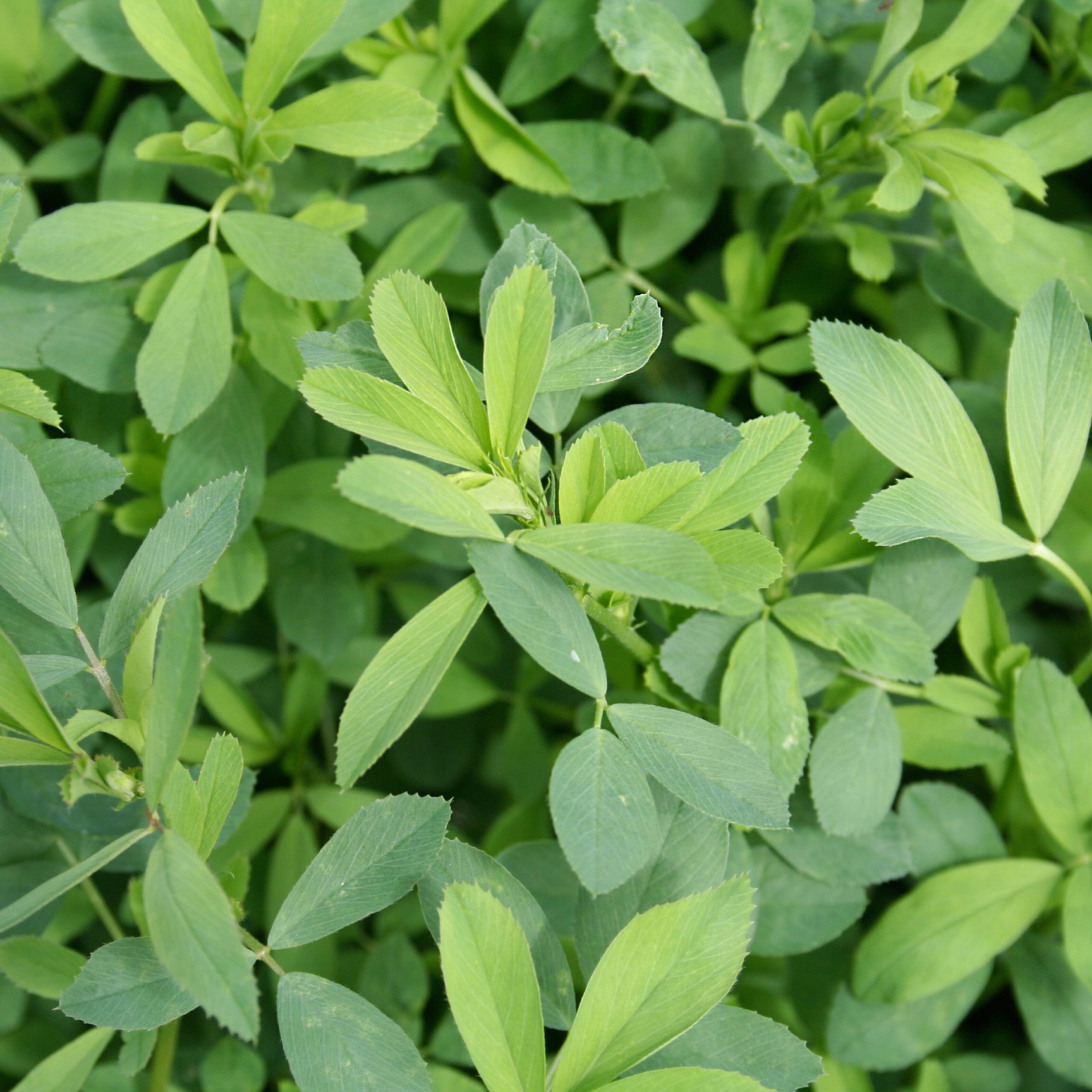


Alfalfa, also called lucerne and called Medicago sativa in binomial nomenclature, is a perennial flowering plant in the legume family Fabaceae. It is cultivated as an important forage crop in many countries around the world. Alfalfa is widely grown throughout the world as forage for cattle, and is most often harvested as hay, but can also be made into silage,…
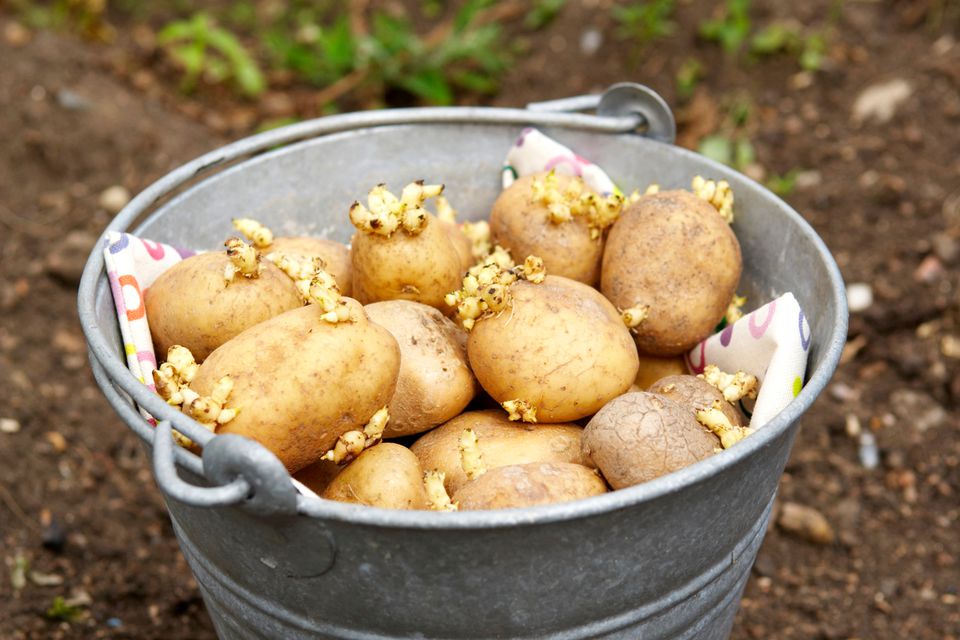


Seed potatoes are tubers specifically grown to be free from disease and to provide consistent and healthy plants. To be disease free, the areas where seed potatoes are grown are selected with care. In the US, this restricts production of seed potatoes to only 15 states out of all 50 states where potatoes are grown. These locations are selected for…
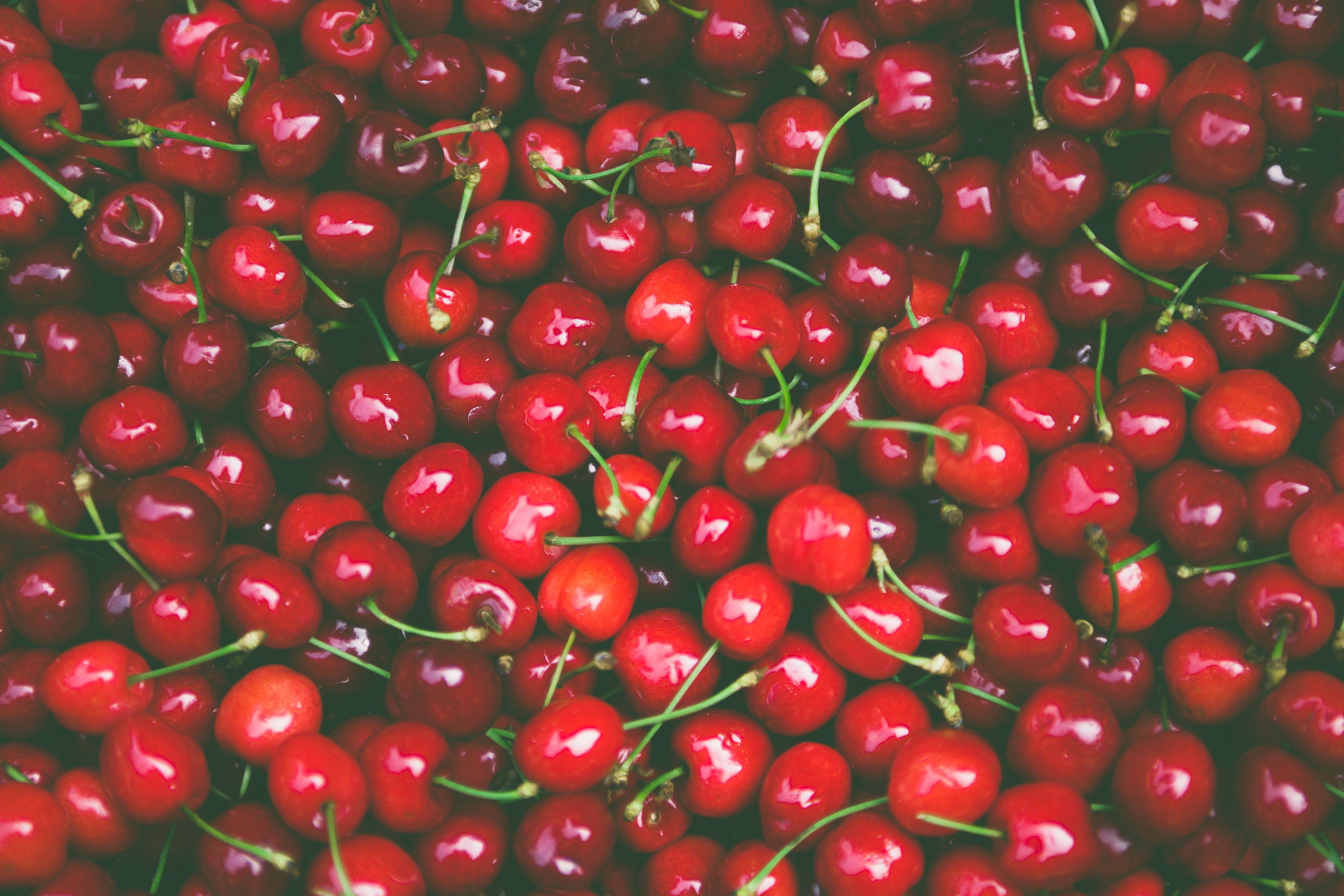


Cherries are harvested from the beginning of May to the end of July. The duration in days from bloom to harvest is from about 33-35 days to 80-90 days. The amount of temperature ranges from bloom to baking vary depending on the variety being between 450 and 1390 degrees Celsius in the later varieties. The optimal storage temperature is -0.5…
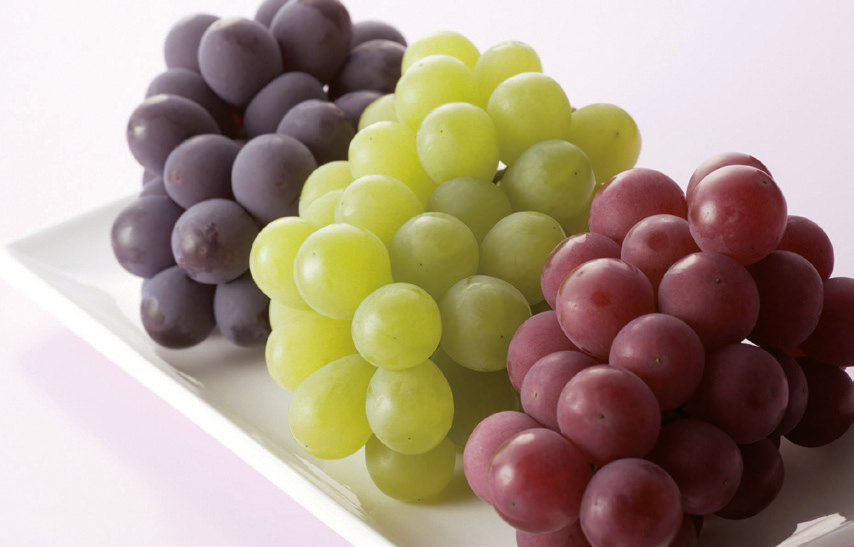


Grapes are composed fruits, of different shapes and colors, sweet and meaty insides and seeds in them. There are about 60 varieties of grapes, each variety having several hundred varieties. Color differs from green and yellow to red, black, depending on the chemical compounds. Grapes can be eaten both fresh and dried, the latter being known as raisins. From the…
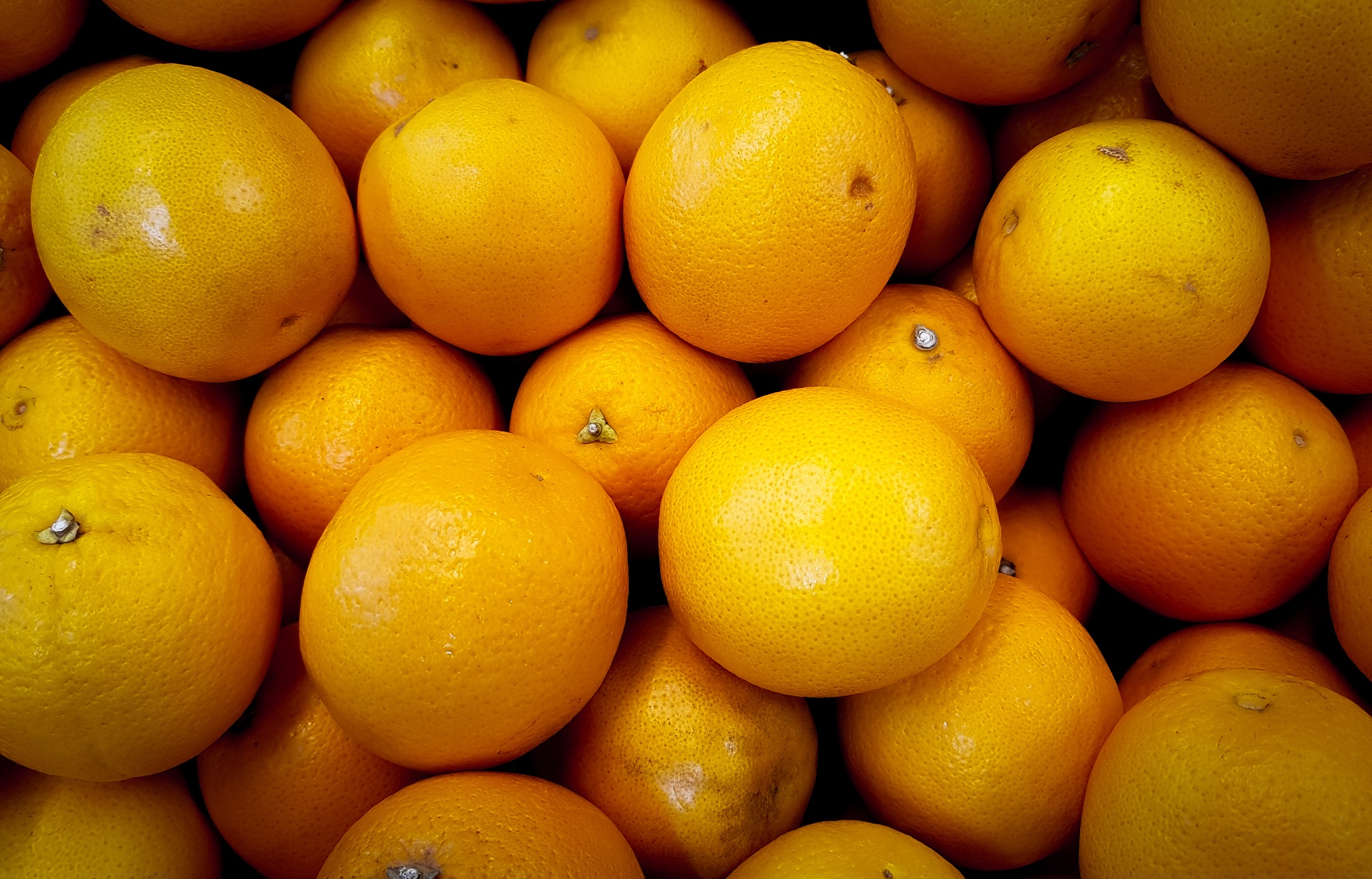


Lime is a citric oval-shaped and yellow fruit with a porous shell and sour taste. Like any citric fruit, the pulp is divided into 8-10 segments, having seeds in each segment. Fresh lemons are available throughout the year. They can be stored at room temperature, away from exposure to the sun, for about a week. They can also be stored…
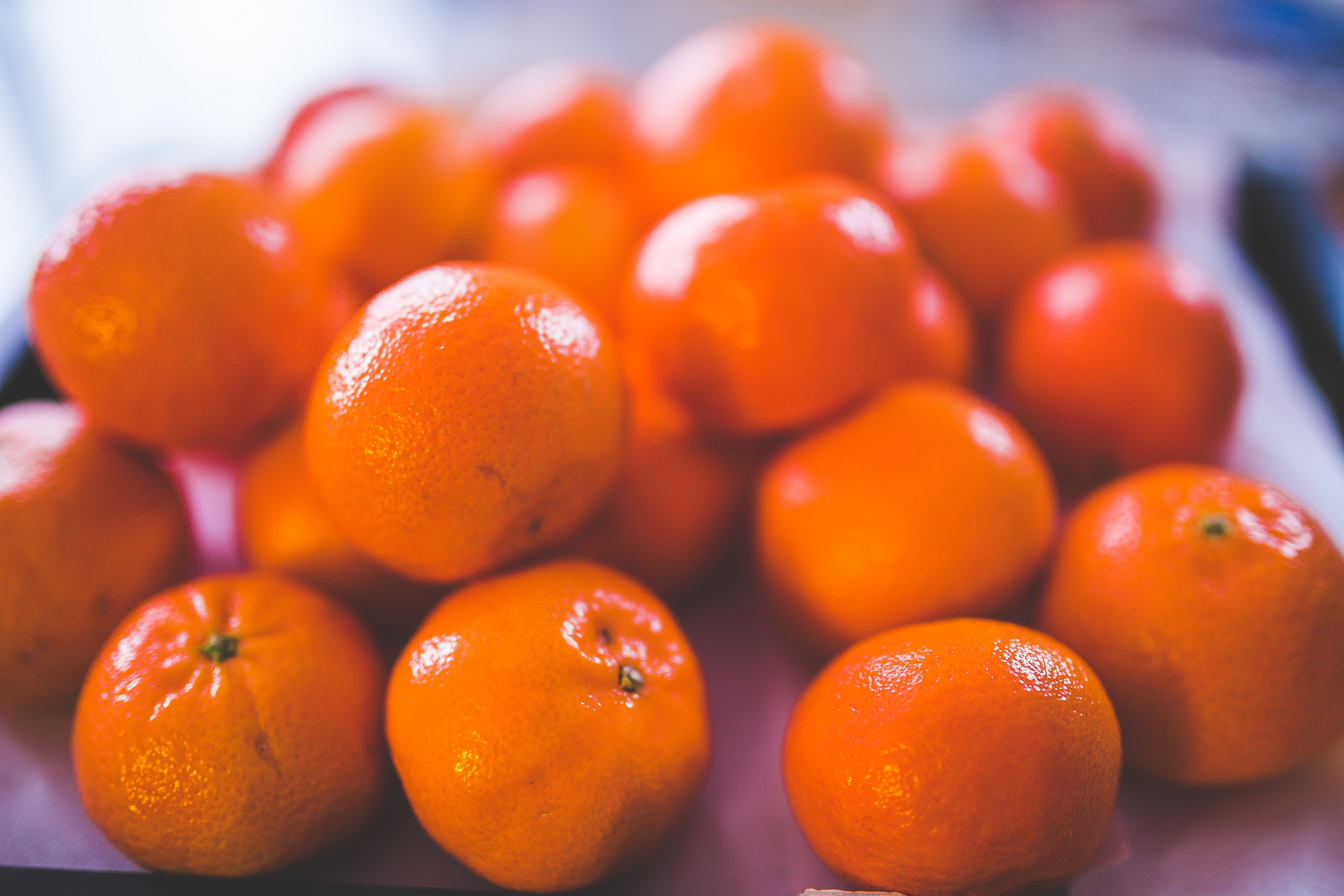


The tangerine (Citrus tangerina) is a group of orange-colored citrus fruit consisting of hybrids of mandarin orange (Citrus reticulata). The name was first used for fruit coming from Tangier, Morocco, described as a mandarin variety. Tangerines are smaller and less rounded than common oranges. The taste is considered less sour, as well as sweeter and stronger, than that of an…
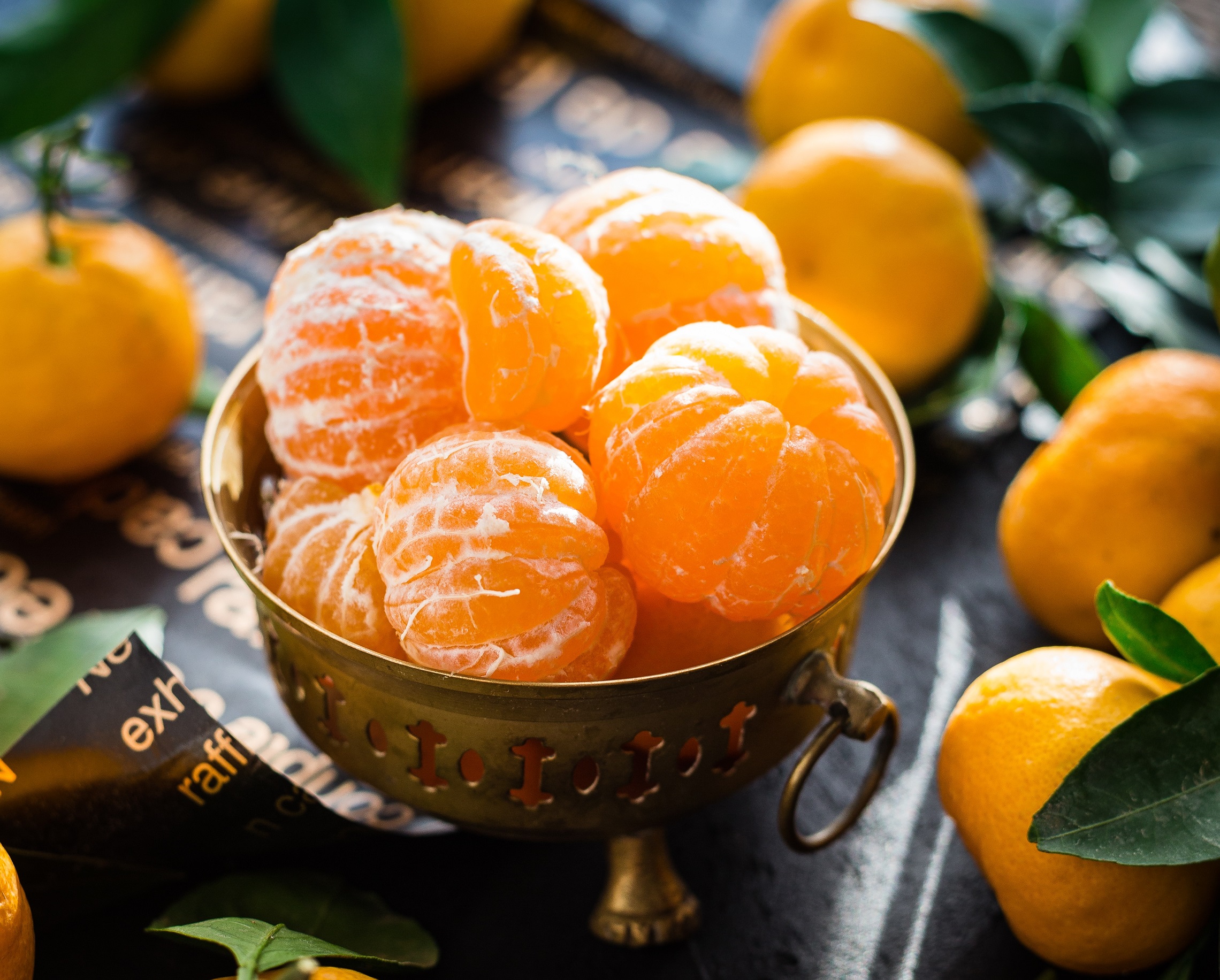


A clementine (Citrus × clementina) is a tangor, a hybrid between a willowleaf mandarin orange (C. × deliciosa) and a sweet orange (C. × sinensis), so named in 1902. The exterior is a deep orange colour with a smooth, glossy appearance. Clementines can be separated into 7 to 14 segments. Similar to tangerines, they tend to be easy to peel….
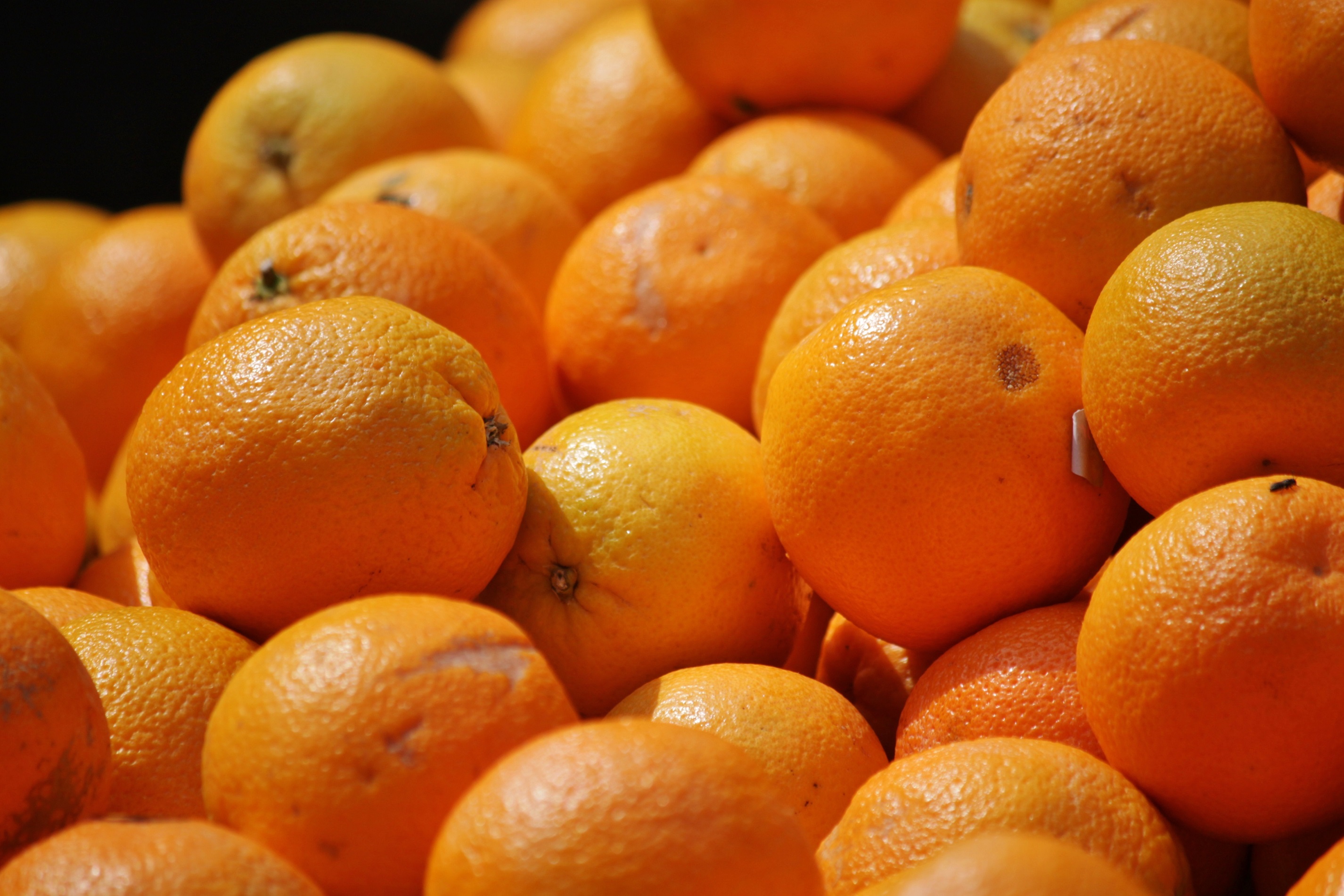


The orange is the fruit of the citrus species Citrus × sinensis in the family Rutaceae. It is also called sweet orange, to distinguish it from the related Citrus × aurantium, referred to as bitter orange. The orange is a hybrid between pomelo (Citrus maxima) and mandarin (Citrus reticulata). The chloroplast genome, and therefore the maternal line, is that of…
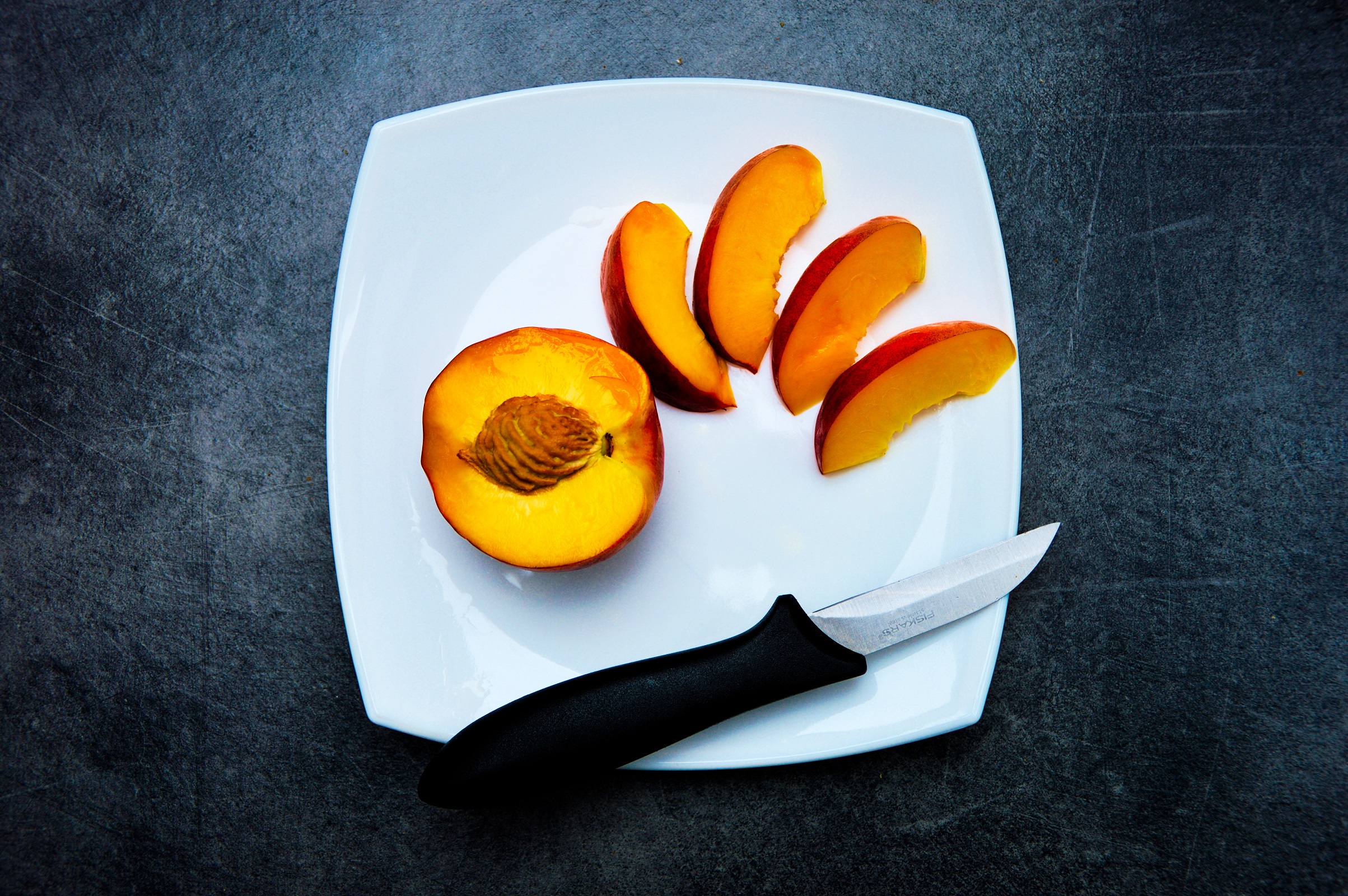


The peach (Prunus persica) is a deciduous tree native to the region of Northwest China between the Tarim Basin and the north slopes of the Kunlun Mountains, where it was first domesticated and cultivated.[3] It bears an edible juicy fruit called a peach or a nectarine. The variety P. persica var. nucipersica (or var. nectarina), commonly called nectarine, has a…
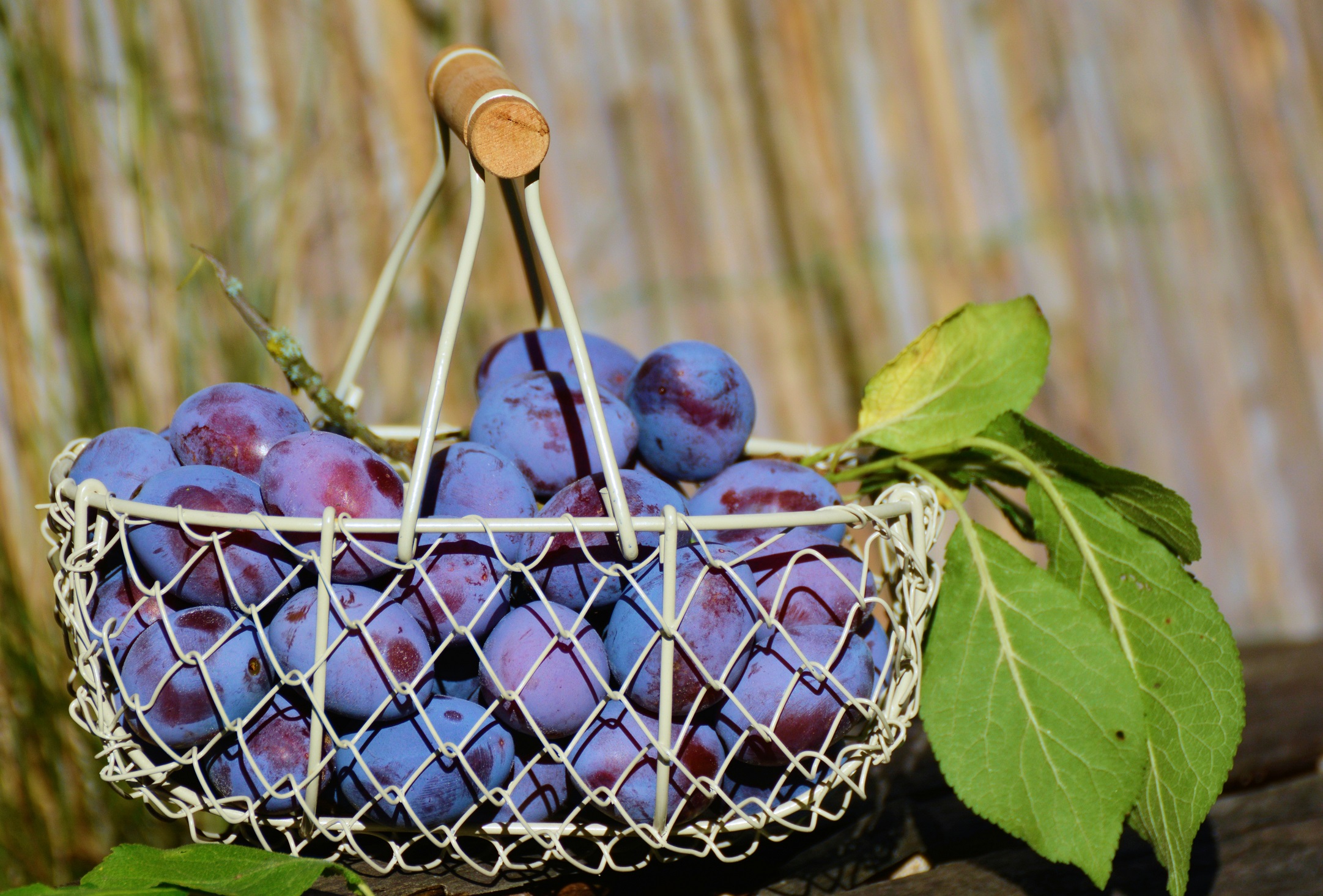


There are few fruits that come in such a panorama of colors as the juicy sweet tasting plum. The plum season extends from May through October with the Japanese varieties first on the market from May and peaking in August followed by the European varieties in the fall. Plums belong to the Prunus genus of plants and are relatives of…
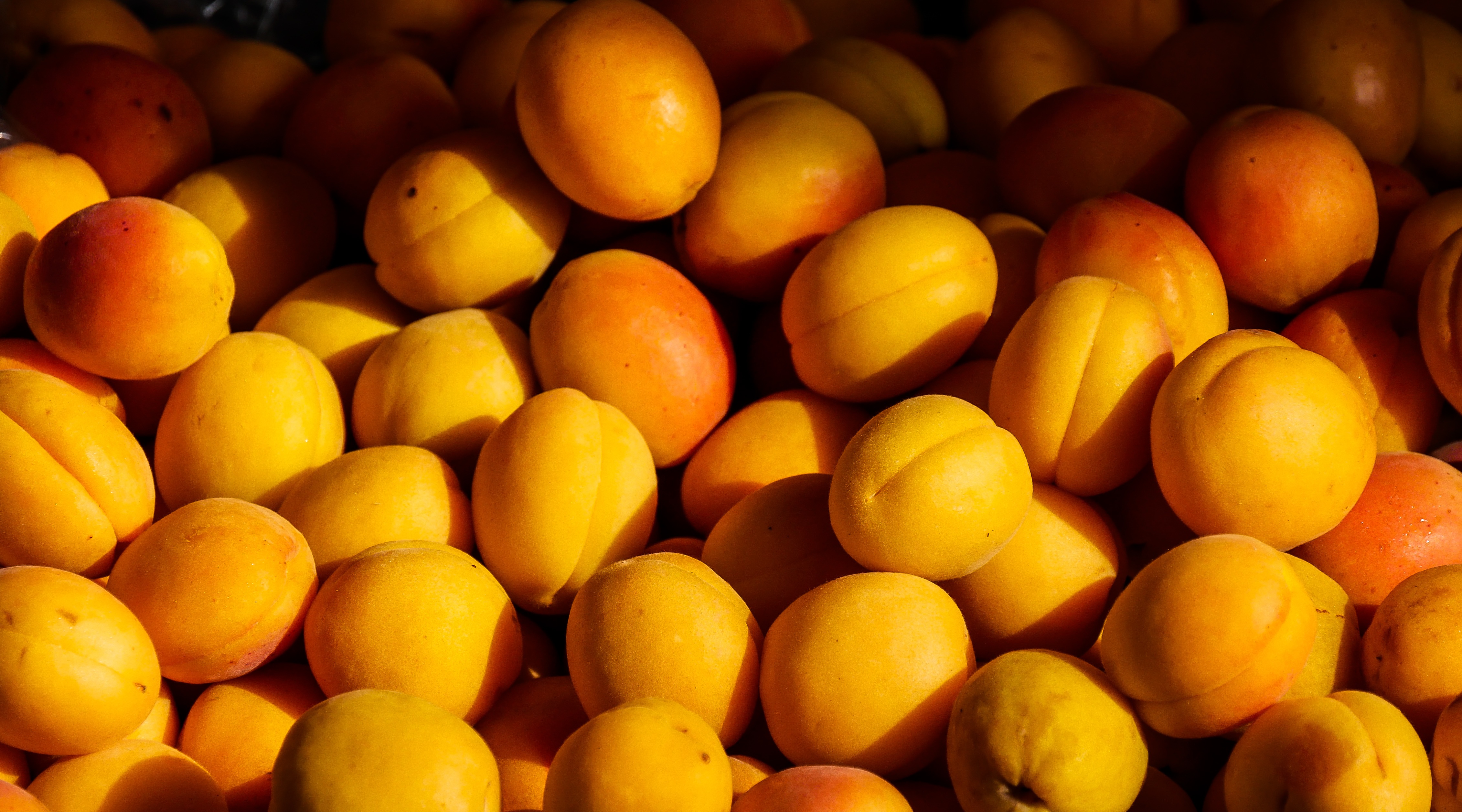


Apricots are those beautifully orange colored fruits full of beta-carotene and fiber that are one of the first signs of summer. Although dried and canned apricots are available year-round, fresh apricots with a plentiful supply of vitamin C and are in season in North America from May through August. Any fresh fruit you see during the winter months have been…
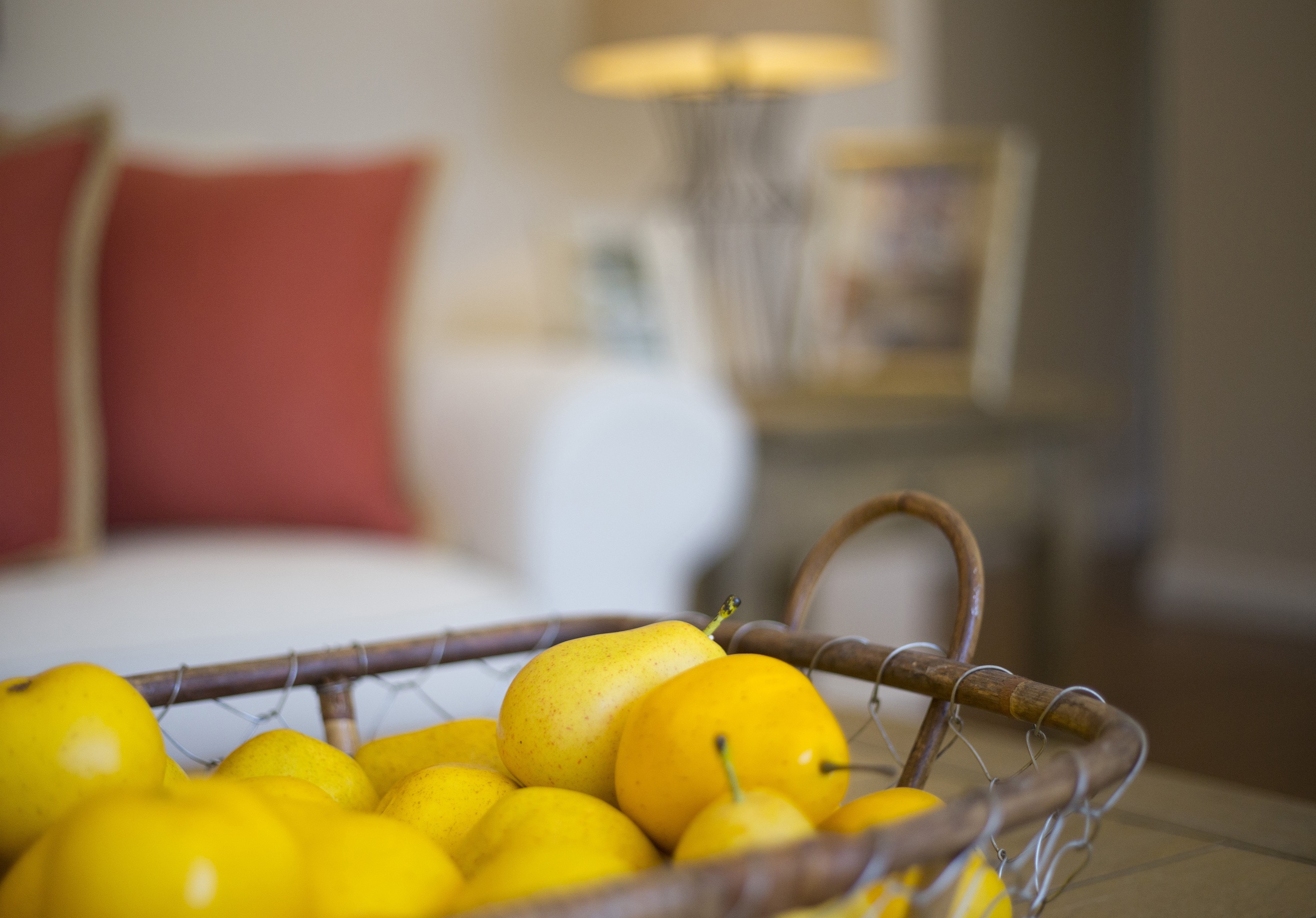


The harvesting of the pears takes place in the spring phase, 10-12 days before full maturity, because it is slower than if it stays in the tree. It is recommended that the winter pear be picked up as late as October, otherwise it withers in the warehouse. Summer varieties harvested at optimum time are better transported, slower in storage and…
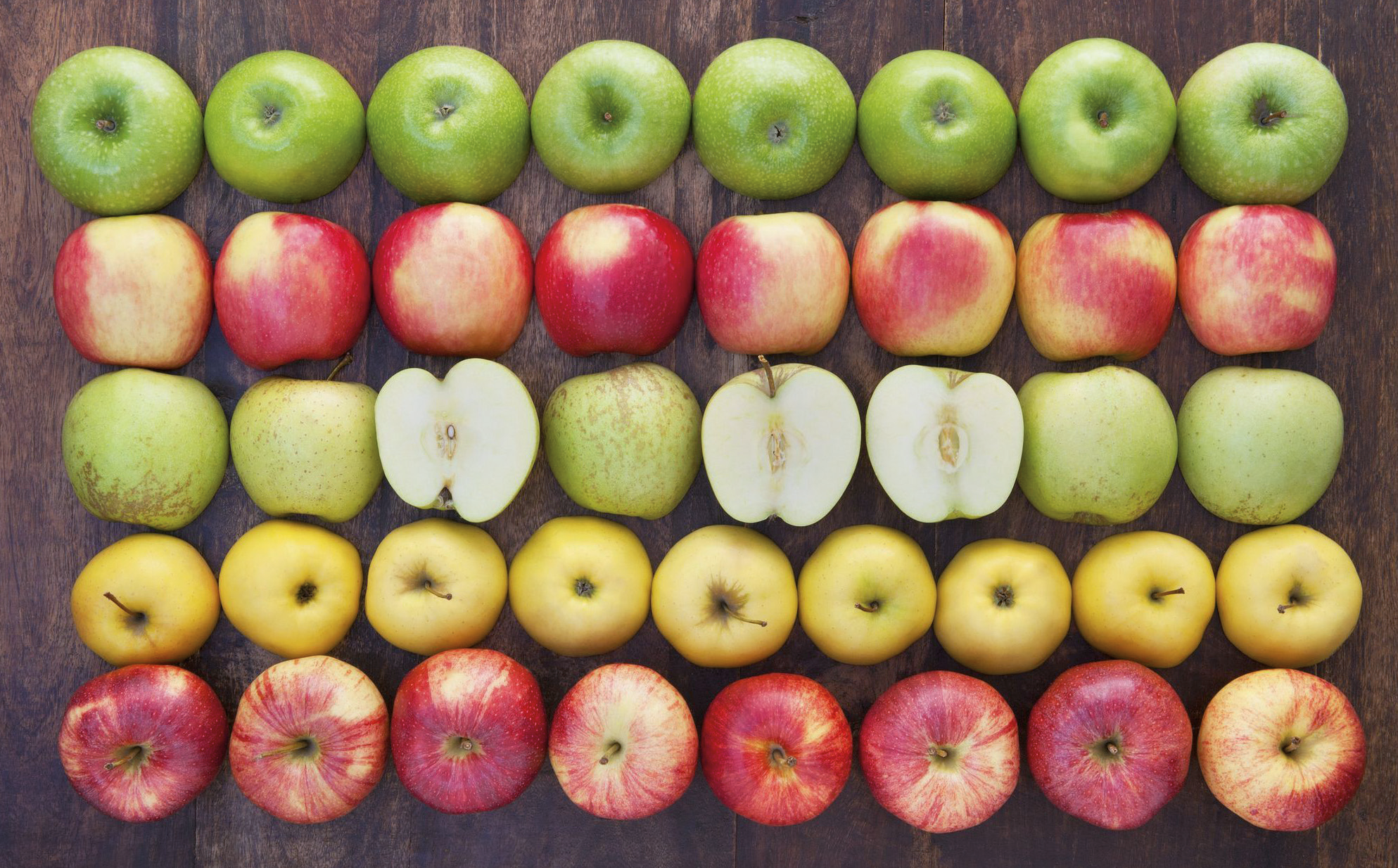


Apples are fruits harvested from July until the end of October. We have more apple varieties, such as Golden, Idared, Granny Smith, etc. After harvesting, sorting, anti-fungicides treatment, apples are stored in cold stores with normal atmosphere or controlled atmosphere. Storage cells can have storage capacities of 200 – 500 tons, but small cells of 100 – 200 cubic meters…
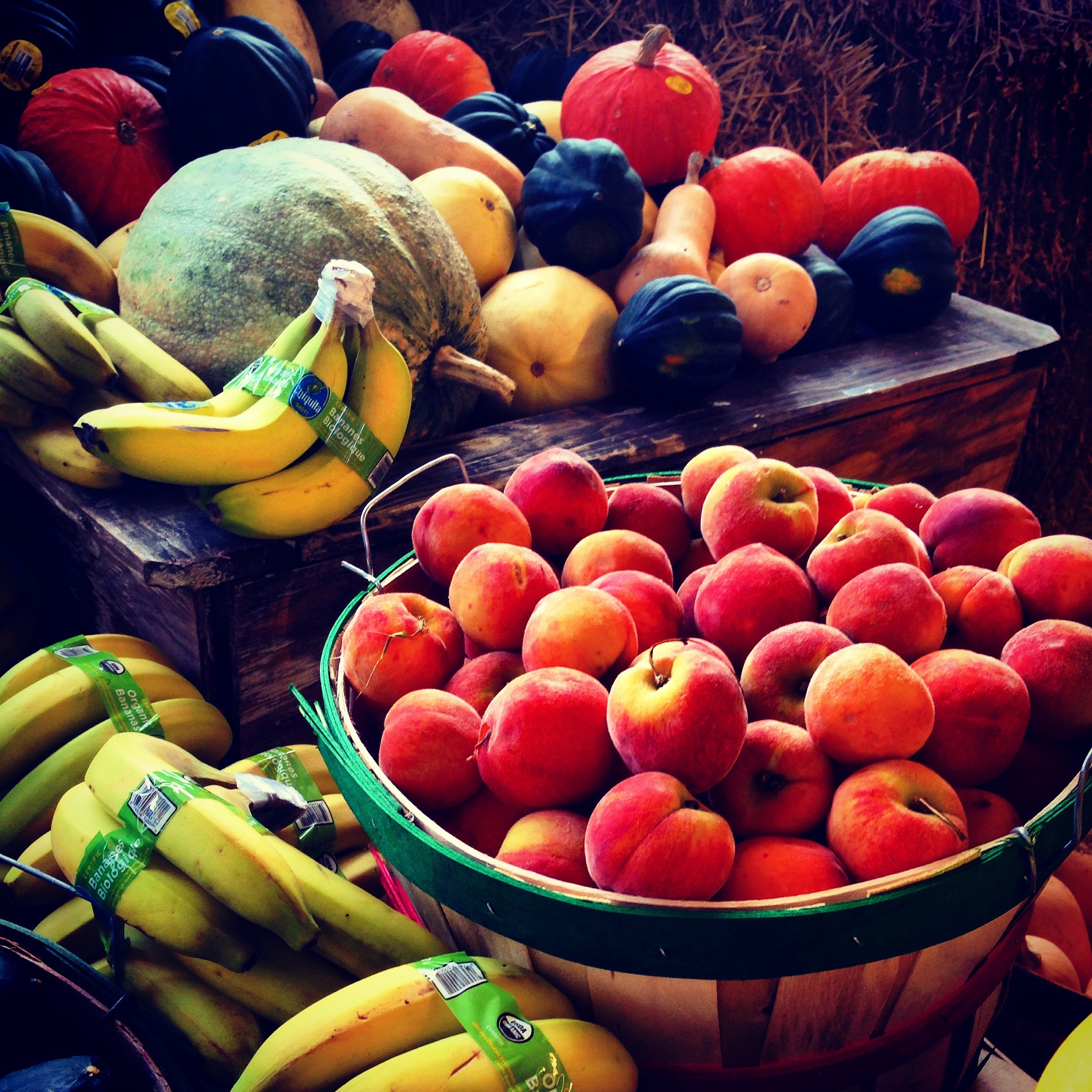


Peach is a colorful and very fragrant fruit with a thin and fluffy shell with white or yellow pulp. Usually the taste is very sweet and strong. Although it is a poor fruit in calories, peach contains a great deal of calories. It also contains more than enough vitamin A and 10% of the daily vitamin C needed for a…
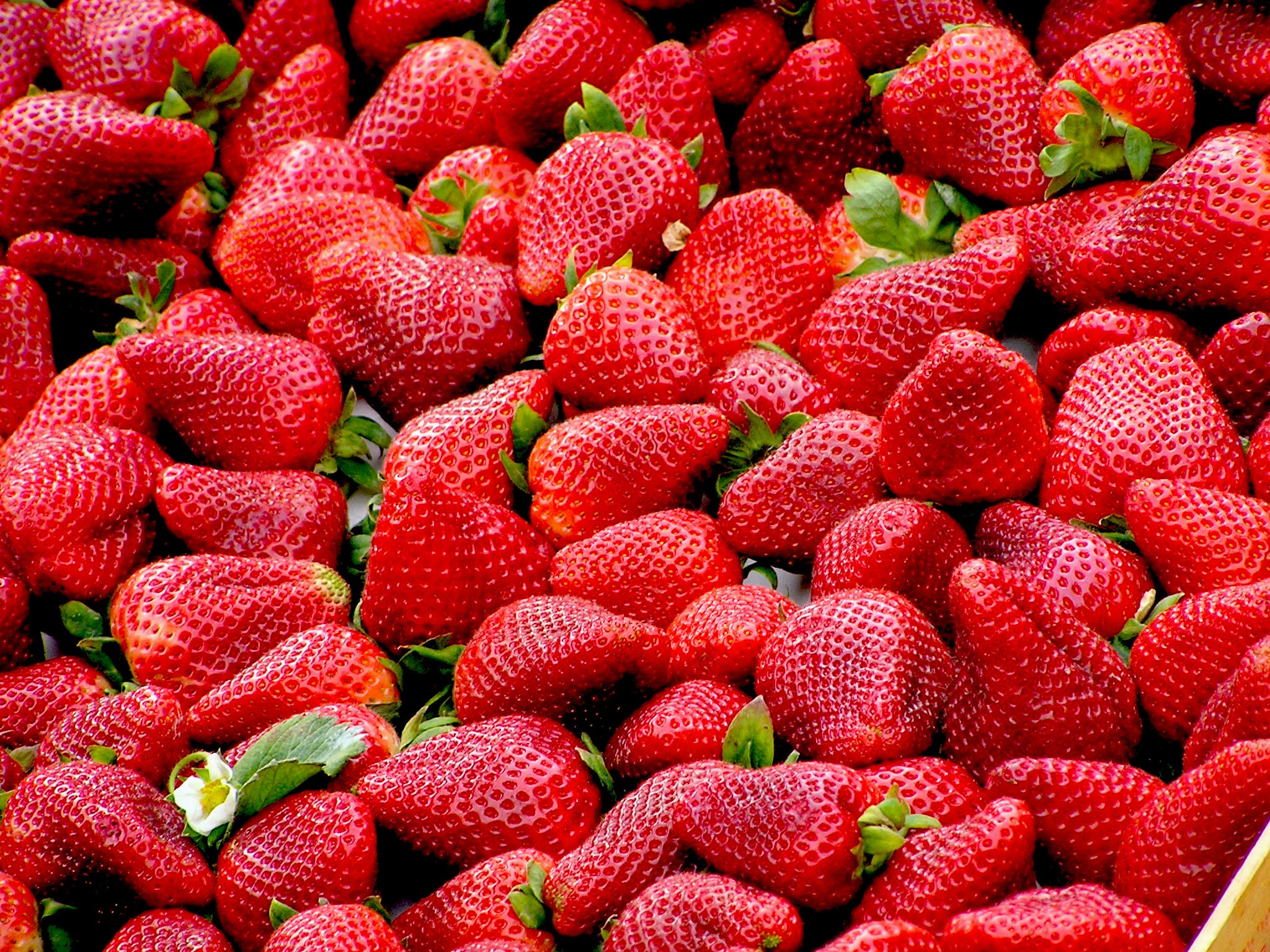


The duration of the harvesting of strawberries is 13-28 days, except for remanufactured varieties. For immediate consumption or for industrialization, strawberries are harvested at full ripening, those intended for preservation or longer transport when they reach 50-70% of the typical pigmentation of the variety. After harvesting, the packages are put in the shade and transported as quickly as possible in…
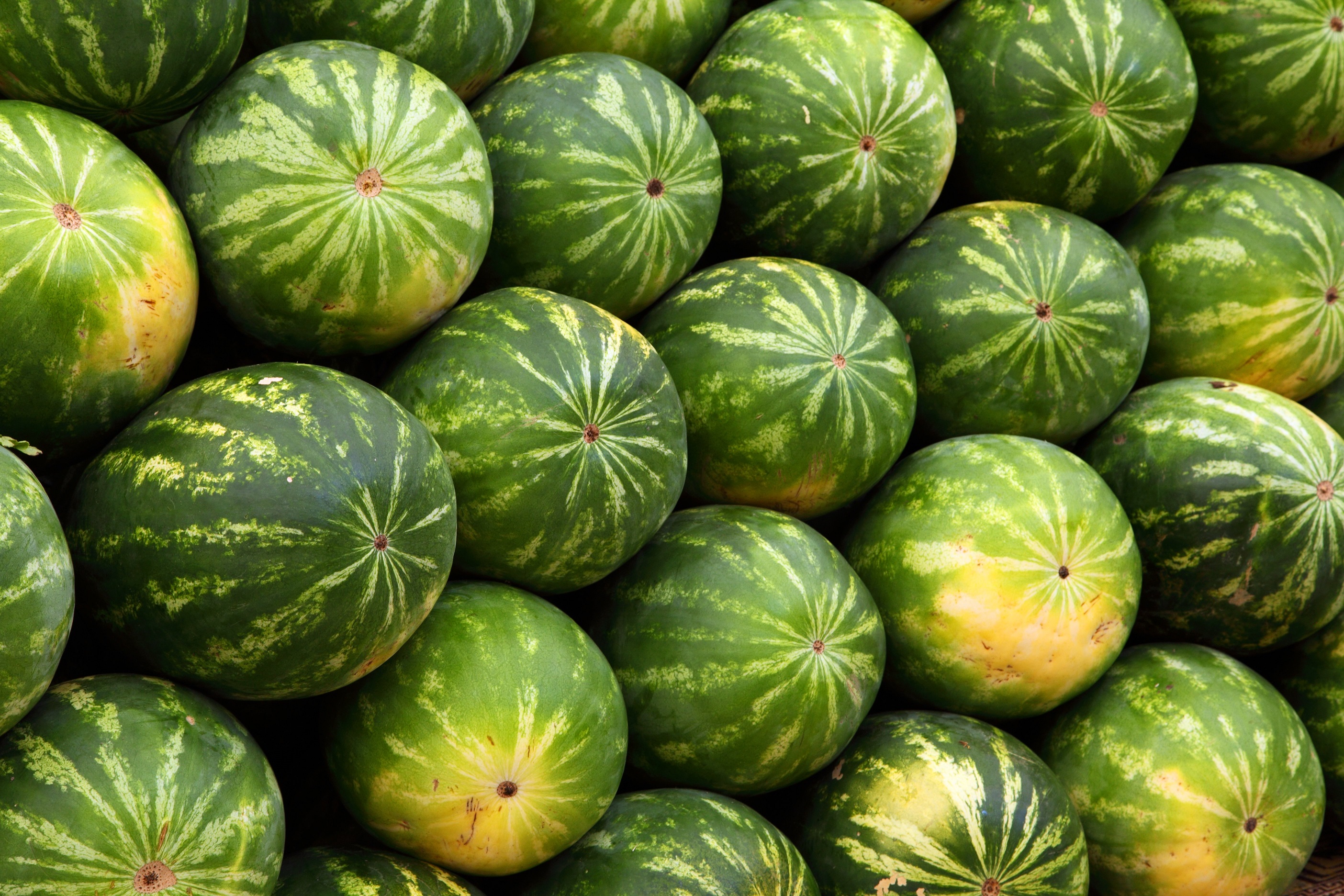


Harvesting watermelon is done after at least 3 examinations of each plant so that each melon is consumed when it is completely ripe and with the maximum sugar content when the pulp is crisp and firm and before it becomes too baking. The degree of baking is indicated by the visible features of the shell, the cod and the bark…
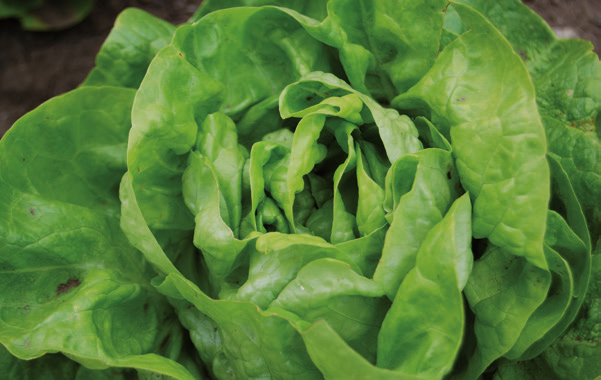


Lettuce is a long day plant. For vegetative growth, it needs a lower light intensity (4-5 thousand luminous), and can withstand early shading at the beginning of vegetation. In long day conditions, correlated with a high intensity of light, it can form floral stems before forming normal skins, depending on the sown variety. Lettuce is also pretentious with respect to…
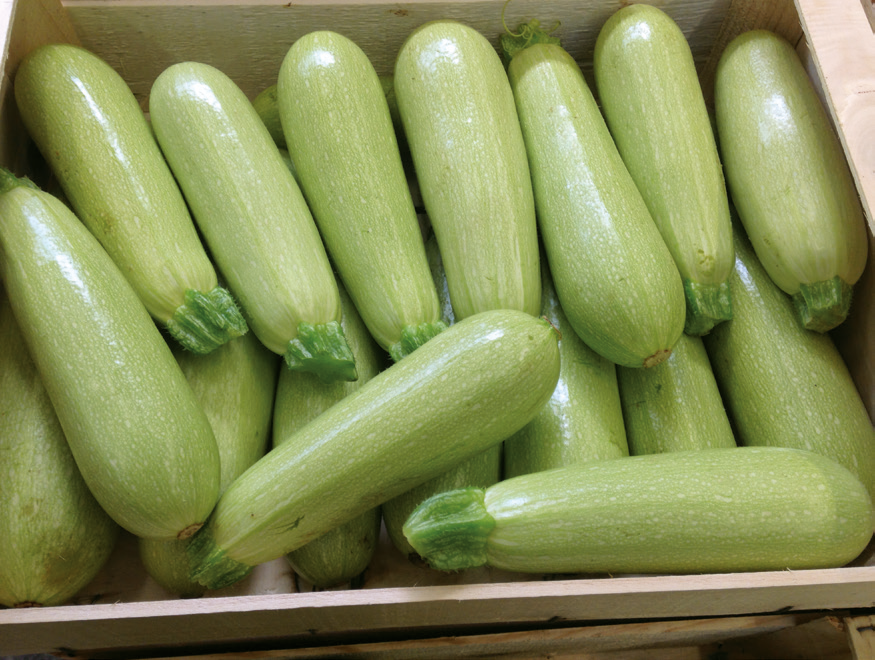


The field pumpkin, scientifically called cucurbita pepo, is an annual herbaceous plant. In Moldova, the vegetable is called field pumpkin, and the Cucurbita maxima is simply called the pumpkin. The plant originates from America, but in the present it is planted all over the globe for the fruit used in the diet. Cucurbita pepo is a hanging plant, the length…
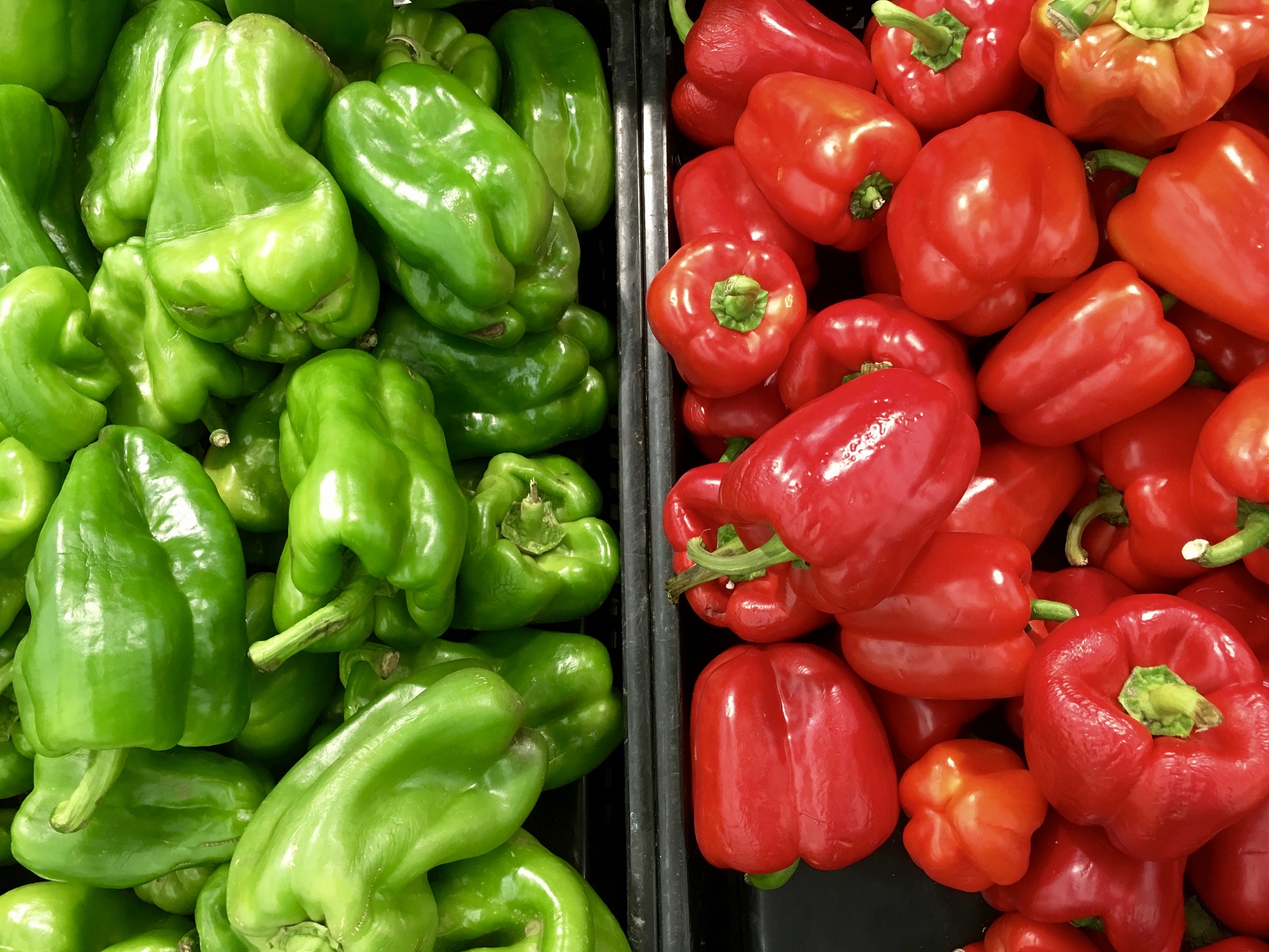


We sell a wide range of peppers, starting from bell peppers, red peppers, to chili peppers. Bell peppers (Capsicum annuum) are the fruits of certain plants from the nightshade family. They are related to chili peppers, tomatoes, and breadfruit, all of which are native to Central and South America. Also called sweet peppers or capsicums, bell peppers are eaten as…
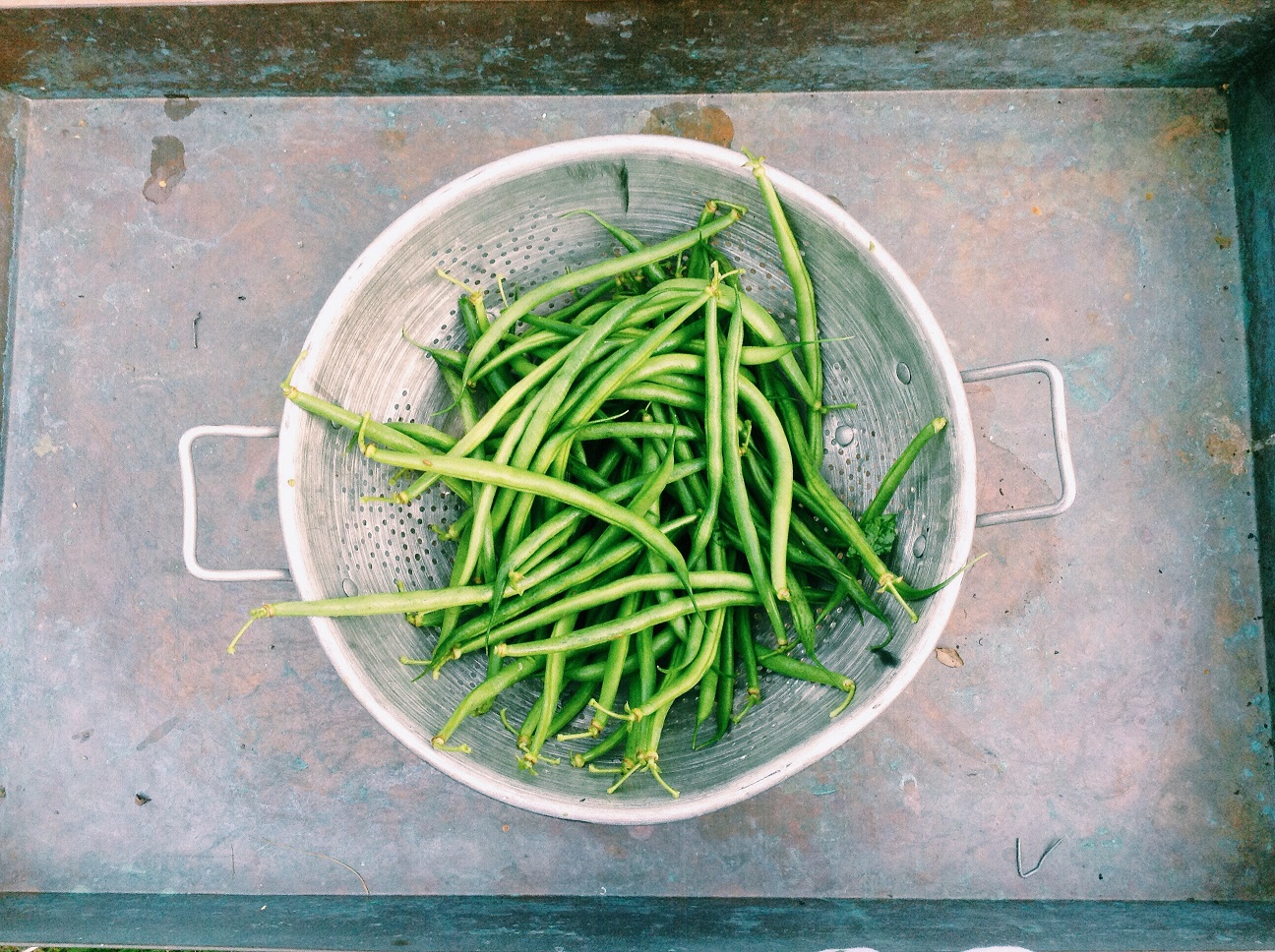


Beans are nutritional powerhouses packed with protein, fiber, B vitamins, iron, potassium, and are low in fat. Beans contain a wide range of cancer-fighting plant chemicals, specifically, isoflavones and phytosterols which are associated with reduced cancer risk. Beans provide the body with soluble fiber, which plays an important role in controlling blood cholesterol levels. Studies find that about 10 grams…
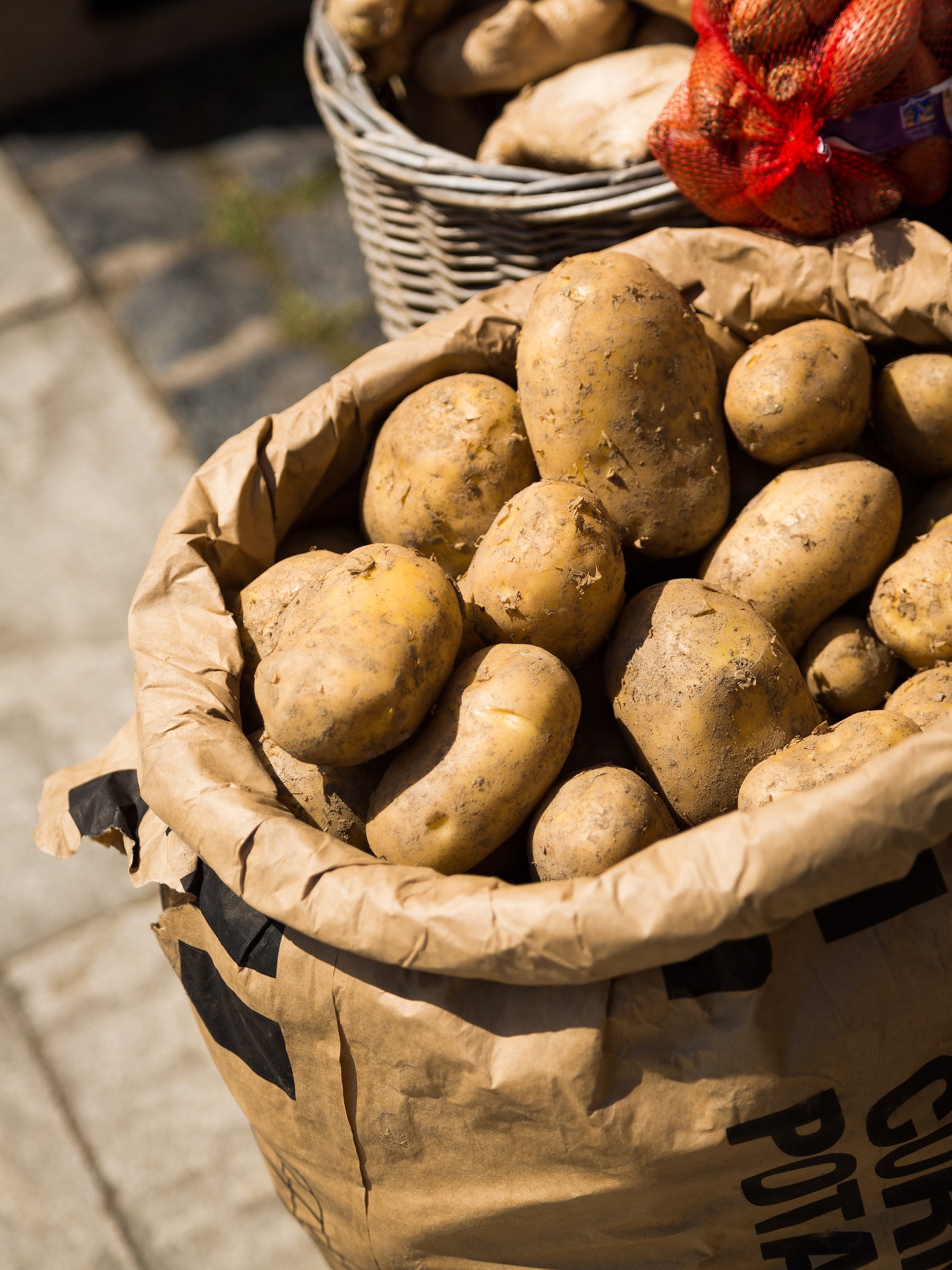


Potato (Solanum tuberosum) is a herbaceous plant of the solanaceae family with white or violet flowers and underground stems with round, oval or elongated tubers. The plant is grown for these tubers that are edible, rich in starch, which is why they are used in food, but also as feed. The potatoes are from South America, from the Andes Mountains…
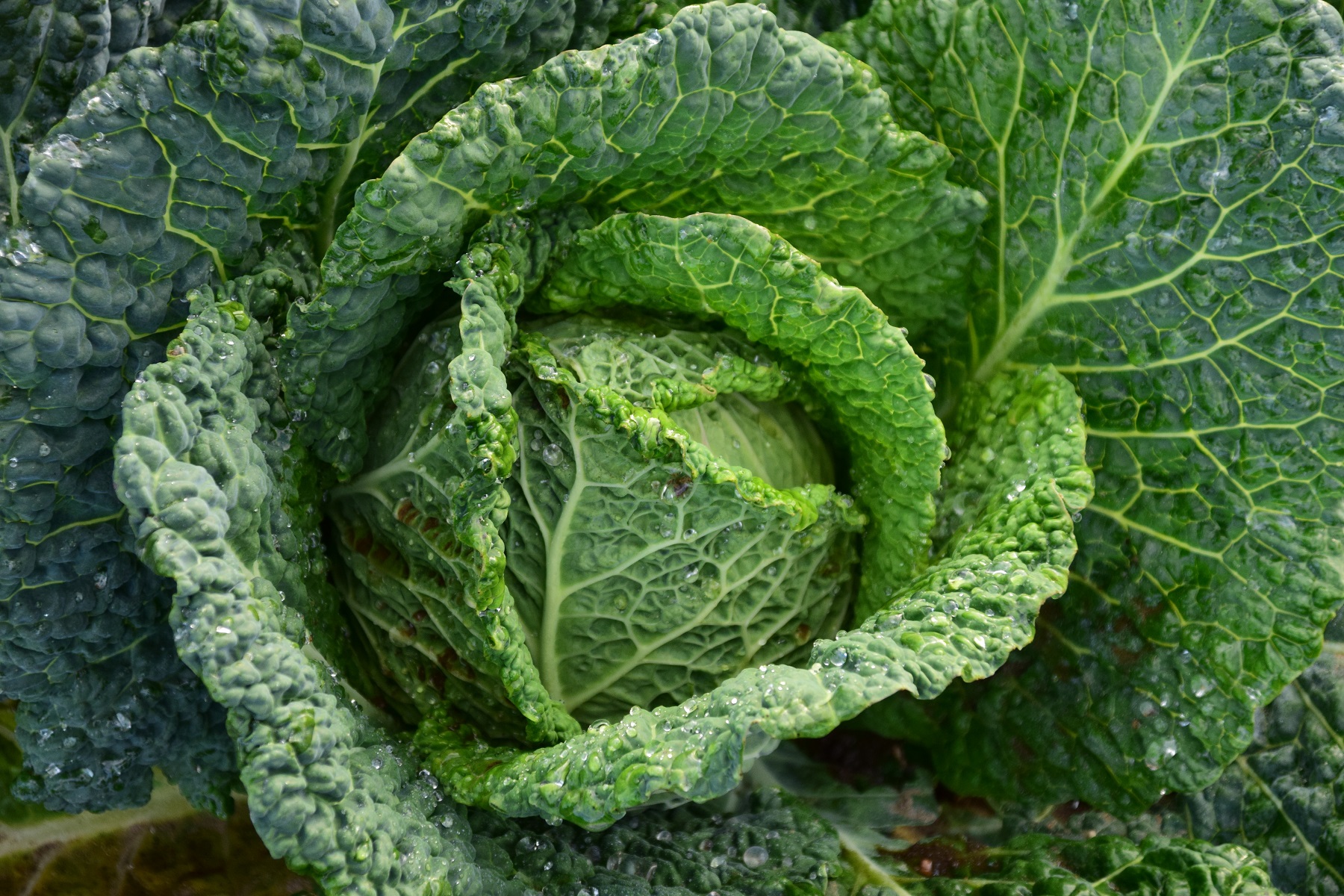


Cabbage or headed cabbage (comprising several cultivars of Brassica oleracea) is a leafy green, red (purple), or white (pale green) biennial plant grown as an annual vegetable crop for its dense-leaved heads. Cabbage heads generally range from 0.5 to 4 kilograms (1 to 9 lb), and can be green, purple or white. Smooth-leafed, firm-headed green cabbages are the most common….
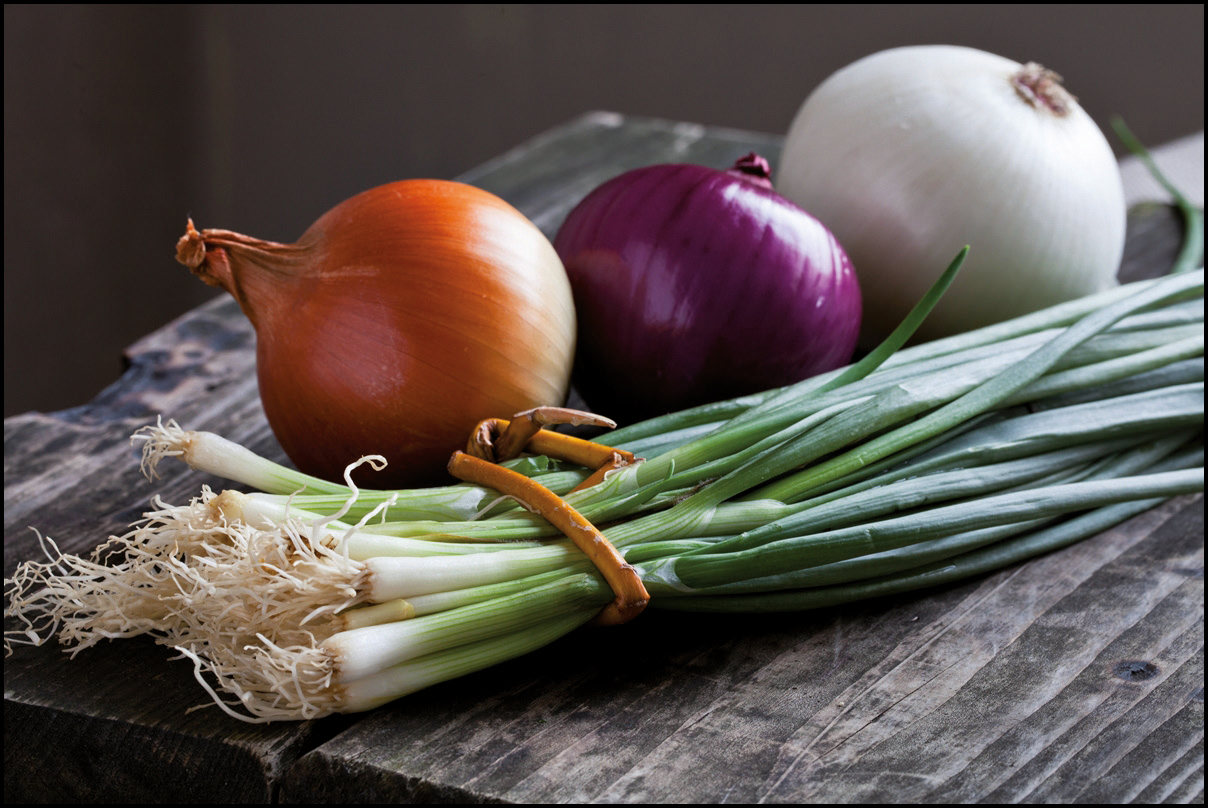


Onion is a biennial or triennial plant and is one of the most common vegetables, especially in the south and south-east of Romania. The onion is native to Asia and in ancient times it was believed that onion gives power, being consumed by soldiers before going to battle. In ancient China it was considered a symbol of intelligence. The onion…
Office, warehouse, fleet... everything required to ensure highest standards for our products and services.
We say proudly that we are using the latest equipments available to date to ensure the highest standards in production and storage.